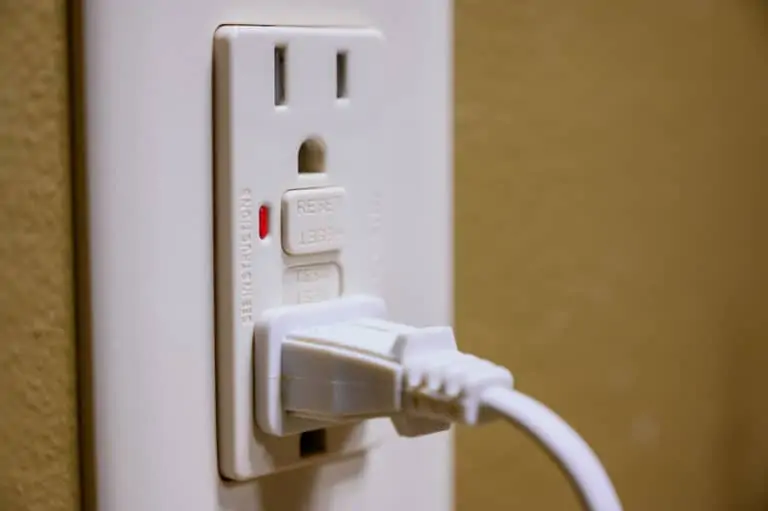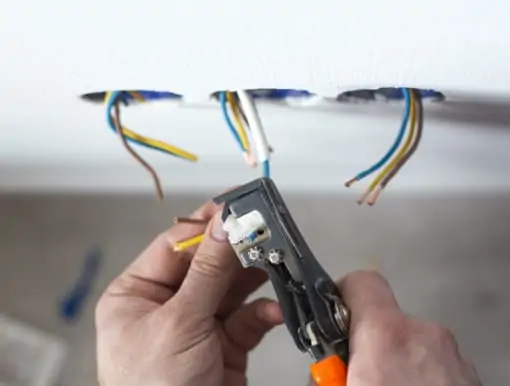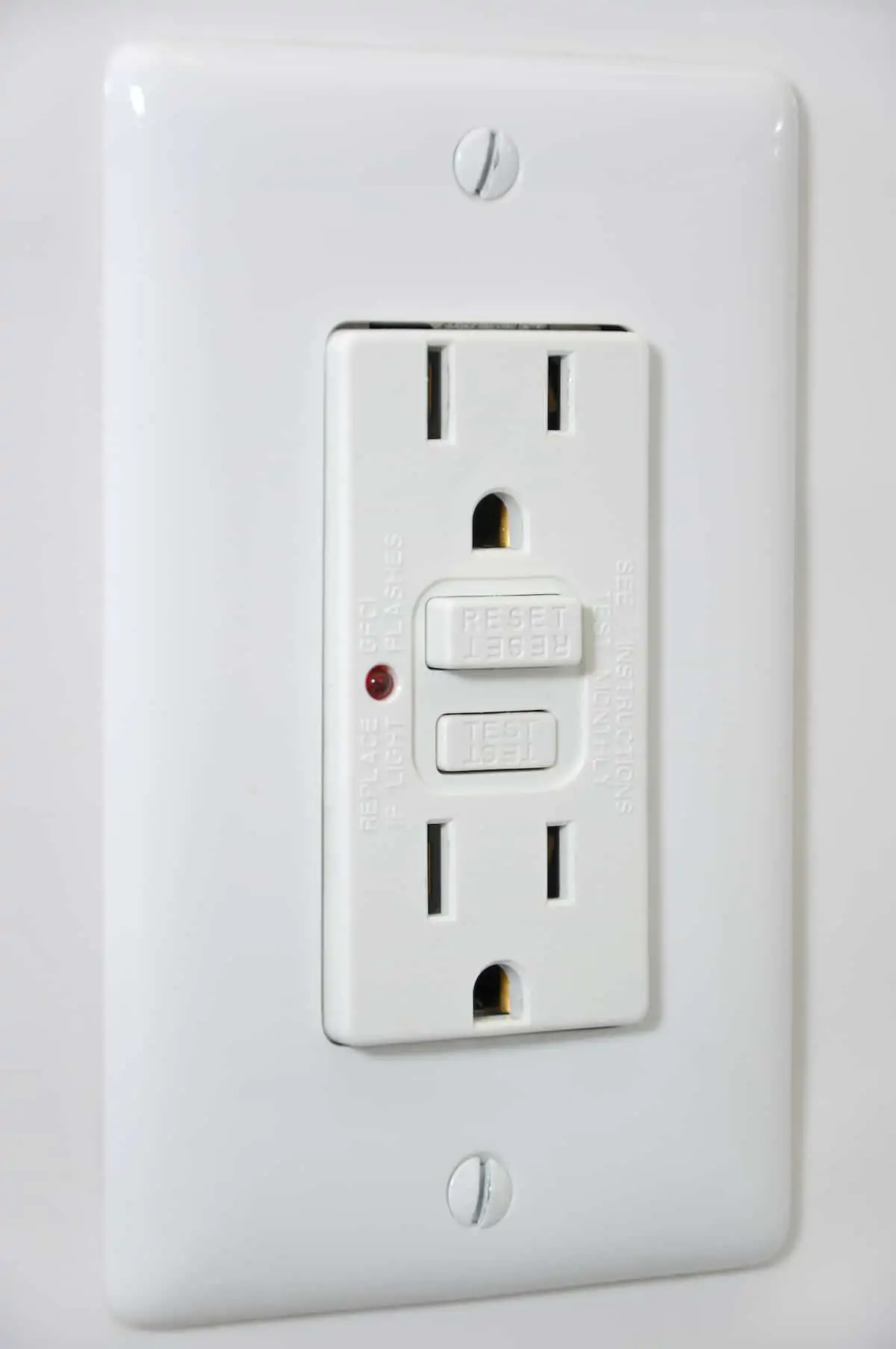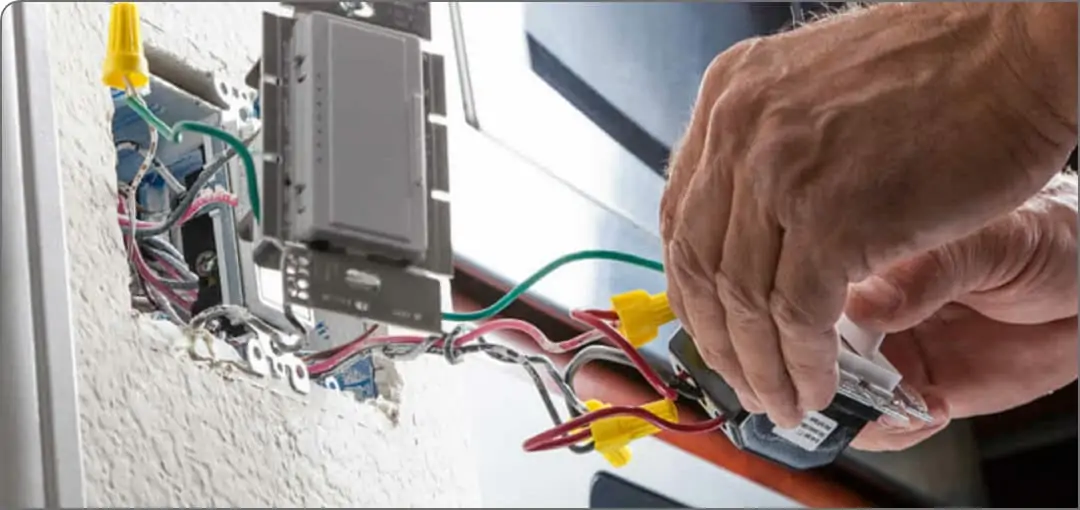High-Quality GFI Outlet Installation & Repair in Minneapolis, MN

Protect your home and family with GFI outlets
Easy GFI installation
Affordable solutions
Protect circuits from dangerous overloading
Call The Experts and Get the Job Done Right

If you don’t already have GFI outlets, call the expert electricians at 4Front Energy Corp to have them installed in your Minneapolis home as soon as possible. Our professionals can also assist you with outlet repairs and other residential electrical safety services.
GFI Outlet Repairs

GFI outlets protect the circuit by preventing it from overloading. Frequently tripping GFI outlets can be an indicator of a larger problem. If you’re noticing an issue with one or more ground fault interrupter outlets in your home, you should immediately call our professional electricians to rectify the problem.
Getting the electrical services you need is easy & stress free.
Step #1
Contact
Fill out a quick form to tell us a bit about how we can help. We’ll reach out to get started.
Step #2
Consultation
Set up an appointment with our estimator to develop the best plan for your electrical project.
Step #3
Proposal
We’ll provide you with a free estimate detailing the work to be done.
Step #4
Installation
Our fully licensed electricians will complete your installation or repair efficiently and answer any questions you may have.
Protect Your Family With GFI Outlets

Areas near water sources such as sinks, bathrooms, kitchens, outdoor areas, and garages should have GFI outlets installed. The GFI senses moisture and shuts the current off when it’s present in order to protect you from electric shock.
Frequently Asked Questions
Why are GFI protected circuits and outlets required?
GFI outlets are crucial for the safety of your family and protecting your electrical system. They are designed to trip when overloaded or when moisture is detected preventing dangerous shocks and fire hazards.
Can a tripped GFI cause other outlets to stop working?
Yes. If several outlets in an area stop working suddenly, it is possible you have a GFI on that circuit that may be tripped. Try to locate the GFI outlet and reset it to see if that fixes the other outlets.
Shocking solutions for your current needs.
Get a FREE Consultation
